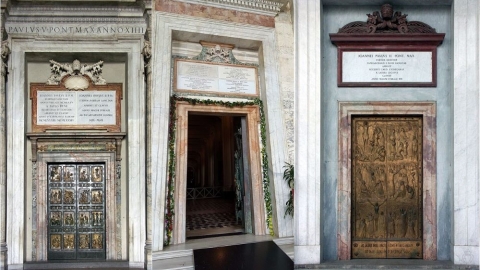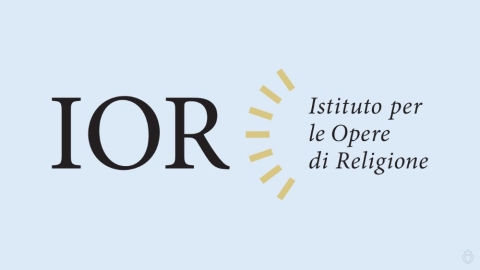India: The Impossible Agreement in the Syro-Malabar Church

Archdiocese of Ernakulam-Angamaly
The Syro-Malabar Catholic Church has once again failed to have a liturgical reform accepted, although it is more in keeping with Tradition. The explosive conflict that divides nearly four million Catholics in Kerala, India, does not seem ready to subside.
“We regret that at the conclusion of the Synod, we could not announce a decision acceptable to all….” The press release from the synod of the Syro-Malabar Catholic Church, held between January 9 and 14, 2023, sounds like an acknowledgment of failure.
There seems to be no way apparent to appease the strong liturgical tensions which are tearing apart the second largest of the 23 Eastern Catholic churches in communion with Rome.
To grasp the complexity of the situation, it must be remembered that two currents were born in this Church in the first half of the 20th century. On opposing sides are those who want a restoration of the rite according to the Syro-Eastern tradition, and those who call for an Indian inculturation, in order to approach the supposed liturgical origins of a church founded by St. Thomas the Apostle.
It is in the name of this liturgical archaism that the celebration of the liturgy has resulted in such chaos that the unity of the Church was called into question.
In 1999, a Syro-Malabar synod, to seek a compromise, unanimously decided, with the approval of the Holy See, that the priest would celebrate Mass facing the people up to the offertory excluded, then versus orientem [facing the altar] until communion. This is the provision that priests and faithful are strongly resisting, wanting to keep “their traditions,” traditions which date back only half a century.
But everything began to accelerate in 2022. Cardinal Leonardo Sandri, Prefect of the Dicastery for the Eastern Churches, issued a categorical “no” to the demands of opponents of the reform: “A liturgical variant for the eparchy – or diocese – of Ernakulam-Angamaly is therefore excluded,” wrote the high prelate to Msgr. Andrews Thazath, who is the administrator.
By making the Roman decision public, Msgr. Thazath unleashed a violent wind of revolt in the eparchy he administers while awaiting the end of the legal setbacks of Cardinal George Alencherry, who had to withdraw from current affairs for a time during a lawsuit relating to real estate transactions brought by his opponents.
In the five-page circular that he published at the end of the synod on January 14, Cardinal Alencherry, who is still at the head of the Syro-Malabar Church, regrets that “some did not approve the uniform liturgy and refused to adhere to the principles (given by Rome) for reasons which remain obscure.”
To give itself more time, the synod asked for the help of a committee of lay people in order to reach a resolution of the conflict, but “the introduction of the uniform liturgy is not a matter of debate,” warns the high prelate.
From the perspective of the faithful, this is not the time for appeasement. Last December 24, in the middle of Mass, a group of Catholics opposed to the uniform liturgy burst into the cathedral of the eparchy, overturning the altar and the sacred vessels.
The day after the end of the synod, on January 15, a few dozen faithful demonstrated in Cochin, carrying signs on which one could read: “The Mass facing the people is our right.”
(Source : The Pillar – FSSPX.Actualités)
Illustration : Facebook de l’archidiocèse d’Ernakulam-Angamaly





